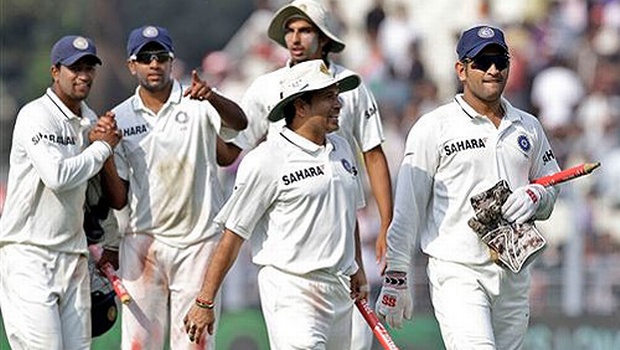DIFFERENCE BETWEEN TIE AND DRAW
Most often people get confused in understanding the difference between the words ‘Tie’ and ‘Draw’.
Tie is the only word from both which is often used in limited over cricket (one days and T-20’s) and Test cricket when the scores are level. There is no question of word ‘Draw’ using in limited over cricket (one days and T-20’s) format.
In a Test cricket the word ‘Draw’ can be defined in this way “In a scheduled time if a side doesn’t get all out or doesn’t chase the required runs (target) then the match will be declared as draw”.
But when the scores are level then the match will be declared as ‘Tie’.
The words both ‘Draw’ and ‘Tie’ are used in Test cricket. But ‘Draw’ is the only word which is not used in limited over cricket (one days and T-20’s). Because in limited over cricket (one days and T-20’s) we have scheduled overs or limited mandatory overs therefore the side has to chase the given target within the limited overs.
Now even if the time is lost or time is wasted then according to the remaining time the umpires will adjust the remaining overs and even if the scheduled time is completed the time will be extended until the remaining scheduled overs are finished. Therefore there will be no question of completion of time in limited over cricket (one days and T-20’s) .
But where as the test cricket is based on scheduled time rather than the scheduled overs or limited mandatory overs. Once the scheduled time is completed then the play will be over for that day (ignoring the remaining overs). Therefore the side has to chase the given target or has to protect their remaining wickets with in the remaining scheduled time.
Now if a side doesn’t chase the target and doesn’t get all out in a remaining scheduled time then the match will be declared as draw. Implies there is no question of losing at this scenario.
In limited over cricket (one days and T-20’s) at this scenario mentioned above if a side doesn’t chase the target and even if it doesn’t get all out in a remaining scheduled overs then that respective side will lose the match.
That’s why the word ‘Draw’ is not used in limited over cricket (one days and T-20’s). You have to understand that limited over cricket (one days and T-20’s) is based on mandatory overs or scheduled overs rather than time and where as test cricket is based on scheduled time rather than the overs.
But at the end of 4th innings in a test cricket if the total scores of both sides are leveled or same then the match will be declared as ‘Tie’. Similarly the match will be declared as ‘Tie’ in limited over cricket (one days and T-20’s) if the scores are level at the end of 2nd innings.
Note
In limited over cricket (one days and T-20’s) or test cricket if a match is not played due to rain or any other reason then the match will not be declared as ‘Draw or Tie’. It will be declared as ‘No result’.
